

Articles
How To Store Pillows In Storage Unit
Modified: August 16, 2024
Looking for tips on how to store pillows in a storage unit? Check out our informative articles for expert advice and maximize your storage space!
(Many of the links in this article redirect to a specific reviewed product. Your purchase of these products through affiliate links helps to generate commission for Storables.com, at no extra cost. Learn more)
Introduction
Pillows are essential for a good night’s sleep, providing comfort and support for our heads and necks. However, there may come a time when we need to store our pillows away, either due to a temporary move, downsizing, or simply to free up space in our homes. But how do we properly store pillows to ensure their longevity and maintain their quality?
In this article, we will explore the best practices for storing pillows in a storage unit. We will discuss choosing the right storage unit, cleaning and preparing pillows for storage, proper pillow storage techniques, using pillow protectors or covers, organizing pillows in the storage unit, and tips for maintaining pillow quality during the storage period.
By following these guidelines, you can store your pillows safely and ensure they remain in good condition until you need them again.
Key Takeaways:
- Properly storing pillows in a climate-controlled unit, using protectors, and organizing them by size ensures they remain clean, fresh, and ready for use when retrieved from storage.
- Regularly checking on stored pillows, avoiding direct sunlight and moisture, and utilizing breathable storage containers are crucial for maintaining their quality and longevity.
Read more: How To Store Throw Pillows
Choosing the Right Storage Unit
When it comes to storing your pillows, selecting the right storage unit is crucial. Here are a few factors to consider when choosing the ideal storage facility:
- Climate control: Pillows are susceptible to damage from extreme temperature fluctuations and moisture. Therefore, opt for a storage unit that offers climate control, ensuring a stable temperature and humidity level.
- Size: Evaluate the number of pillows you want to store and choose a storage unit that is spacious enough to accommodate them without overcrowding or compressing them.
- Security: Look for a storage facility that has adequate security measures in place, such as surveillance cameras, gated entry, and on-site staff, to protect your pillows from theft or damage.
- Accessibility: Consider how often you may need access to your stored pillows. Choose a storage unit that offers convenient access hours and is easily accessible from your location.
- Cleanliness: Inspect the storage facility for cleanliness before renting the unit. A clean and well-maintained facility reduces the risk of pests or dirt coming into contact with your pillows.
Take the time to research different storage facilities, read reviews, and compare prices to find the one that best fits your requirements. Choosing the right storage unit will provide you with peace of mind and ensure the safety and preservation of your pillows while they are in storage.
Cleaning and Preparing Pillows for Storage
Before storing your pillows, it is important to clean and prepare them properly. Here are the steps to follow:
- Check the care instructions: Review the care labels on your pillows to determine the recommended cleaning method. Different types of pillows may need specific care, such as dry cleaning or machine washing.
- Machine washable pillows: If your pillows are machine washable, place them in the washing machine on a gentle cycle using a mild detergent. Add an extra rinse cycle to ensure all the soap is removed. Avoid using bleach as it can damage the pillow filling.
- Dry clean only pillows: For pillows that require dry cleaning, take them to a professional cleaner. They will have the expertise to clean the pillows without causing any damage.
- Spot cleaning: If your pillows have minor stains, spot clean them using a mixture of mild detergent and water. Dip a clean cloth into the solution, gently scrub the stained area, and then blot it dry with a clean towel.
- Drying: Proper drying is essential to prevent mold and mildew growth. For machine washable pillows, tumble dry them on low heat or air-dry them outdoors in a well-ventilated area. Fluff the pillows occasionally during the drying process to prevent clumping. Dry clean only pillows should be professionally dried according to the dry cleaning instructions.
- Pillow protectors: Consider investing in pillow protectors, which are zippered covers that provide an additional layer of protection against dust, dirt, and moisture. Encasing your pillows in protectors before storage will help keep them clean and fresh.
Once your pillows are clean and dry, give them a thorough inspection. Look for any signs of damage, such as tears or weak spots in the fabric. If you notice any issues, it may be worth considering replacing the pillow rather than storing a damaged one.
By cleaning and preparing your pillows properly, you ensure that they are in the best possible condition before storing them. This will help maintain their quality and freshness while they are in storage.
Proper Pillow Storage Techniques
Once your pillows are clean and prepared, it’s time to store them in a way that protects their shape and maintains their quality. Here are some proper pillow storage techniques to consider:
- Fluff and reshape: Before storing your pillows, give them a good fluff and reshape them by shaking them vigorously. This helps restore their loft and ensures they maintain their original shape during storage.
- Avoid compression: Pillows can lose their shape if they’re stored in a compressed state for an extended period. To prevent this, avoid squeezing or stacking heavy items on top of your pillows. Instead, store them in a way that allows them to retain their natural loft.
- Use breathable storage containers: Opt for breathable storage containers, such as cotton or linen pillowcases or fabric storage bags. These allow air circulation while protecting your pillows from dust and dirt. Avoid using plastic bags, as they can trap moisture and lead to mold or mildew growth.
- Elevate from the ground: Prevent your pillows from coming into contact with any potential moisture or pests by elevating them off the ground. Use pallets or shelving units to create an elevated surface within the storage unit.
- Label and organize: Keep track of your stored pillows by labeling the storage containers or bags. This will make it easier to locate specific pillows when you need them in the future. Additionally, consider organizing your pillows by type or size to streamline the retrieval process.
- Avoid exposure to sunlight: Direct sunlight can cause discoloration and fabric deterioration over time, so it’s best to store your pillows away from windows or any areas prone to sunlight exposure.
Proper pillow storage techniques ensure that your pillows remain in optimal condition while in storage. By following these guidelines, you’ll be able to preserve their shape, cleanliness, and freshness, allowing you to enjoy a comfortable sleep experience when you retrieve them from storage.
To store pillows in a storage unit, place them in breathable storage bags to prevent moisture buildup. Store them in a clean, dry area to avoid mold and mildew. Avoid placing heavy items on top of the pillows to maintain their shape.
Using Pillow Protectors or Covers
When storing your pillows, using pillow protectors or covers is highly recommended. These protective layers provide an extra barrier against dust, dirt, and moisture, helping to maintain the cleanliness and freshness of your pillows. Here’s why using pillow protectors or covers is beneficial:
- Protection from dust and allergens: Pillow protectors or covers act as a shield, preventing dust mites, allergens, and other particles from settling on your pillows. This is especially important if you have allergies or respiratory sensitivities.
- Easy maintenance: Pillow protectors or covers are removable and washable, making them easy to clean. By regularly cleaning the protectors or covers, you can keep your pillows fresh and free from any accumulated dirt or stains.
- Prolongs pillow lifespan: The use of pillow protectors or covers helps to reduce wear and tear, as they provide an additional layer of protection against oils, sweat, and skin flakes. This can extend the lifespan of your pillows, saving you money in the long run.
- Preserves pillow quality: Pillow protectors or covers help to maintain the integrity of the pillow’s filling material, preventing it from clumping or flattening while in storage. This ensures that your pillows will have the same level of comfort and support when you take them out of storage.
- Keeps pillows fresh: Pillow protectors or covers effectively block odors and absorb any moisture that may be present. This helps to keep your pillows smelling fresh and prevents the growth of mold or mildew.
When choosing pillow protectors or covers, opt for breathable materials such as cotton, linen, or bamboo. These natural fibers allow air circulation and prevent moisture buildup. Additionally, ensure that the protectors or covers have a secure zip or closure to fully encase the pillow.
By using pillow protectors or covers, you provide an extra layer of defense to keep your pillows clean, fresh, and in excellent condition during their time in storage. It’s a small investment that pays off by preserving the quality and longevity of your pillows.
Read more: How To Store Pregnancy Pillow
Organizing Pillows in the Storage Unit
Proper organization of your pillows in the storage unit not only helps maximize space but also makes it easier to locate specific pillows when you need them. Here are some tips for organizing pillows in the storage unit:
- Group by size or type: Sort your pillows into groups based on their size or type. This makes it simpler to find the right pillows when you want to retrieve them. For example, you can have one section for standard-sized pillows, another for king-sized pillows, and a separate section for decorative or specialty pillows.
- Use storage containers: Consider using plastic storage bins or vacuum-seal bags to store your pillows. These containers provide protection against dust, moisture, and pests. Label the containers to make identification easier.
- Stack wisely: When stacking multiple pillows, place larger or heavier pillows at the bottom and smaller or lighter ones on top to prevent deformation. Avoid stacking too many pillows on one another, as excessive weight can affect the shape and quality of the pillows on the bottom of the stack.
- Create dividers: If you have a large storage unit, you can use dividers such as shelves, cardboard boxes, or even towel rolls to separate the different groups of pillows. This helps maintain organization and prevents the formation of an unstable stack.
- Leave space for ventilation: Allow some space between the pillows and the walls of the storage unit to promote air circulation. This helps prevent moisture build-up and reduces the risk of mold or mildew growth.
- Utilize vertical space: Make use of the vertical space in the storage unit by placing taller items, such as floor lamps or furniture, against the walls. This creates additional storage space for your pillows.
- Create a map or inventory list: Keep track of the location of each group of pillows by creating a simple map or inventory list. This will save you time and effort when you need to find specific pillows.
By organizing your pillows in a systematic and efficient manner, you’ll be able to maximize space, maintain order, and easily retrieve the pillows you need when the time comes.
Tips for Maintaining Pillow Quality in Storage
While pillows are in storage, it’s important to take certain precautions to ensure their quality is preserved. Follow these tips to maintain the condition of your pillows during their time in storage:
- Regularly check on your pillows: Make it a point to visit your storage unit periodically to inspect your pillows. Look for any signs of damage, moisture, or pests. Early detection allows for immediate action to prevent further damage.
- Avoid storing in damp areas: Moisture can lead to mold, mildew, and unpleasant odors. Be sure to choose a storage unit that is dry and well-ventilated. Avoid storing your pillows in basements or areas prone to leaks or excess humidity.
- Keep away from direct sunlight: Prolonged exposure to sunlight can cause discoloration and fabric deterioration. It’s advisable to store your pillows away from windows or any areas with direct sunlight to prevent damage.
- Refluff periodically: If possible, visit the storage unit occasionally to refluff your pillows. Gently shake and fluff each pillow to help maintain its loft and prevent the fill from clumping together over time.
- Avoid using plastic bags: While it may be tempting to use plastic bags for storage, they can trap moisture, leading to the growth of mold and mildew. Opt for breathable storage containers or fabric covers instead.
- Keep away from strong odors: Avoid storing your pillows near any items with strong odors, such as cleaning products or stored chemicals. Pillows can absorb odors easily, which may be difficult to remove afterward.
- Protect against pests: Use pest deterrents such as mothballs or cedar chips to prevent pests like moths, insects, or rodents from damaging your pillows. Be cautious with these items and ensure they are safely stored away from the pillows.
- Avoid weight or pressure: Avoid placing heavy objects on top of your stored pillows, as the weight can cause them to deform or lose their shape over time.
- Control temperature and humidity: If possible, consider using dehumidifiers or moisture absorbers in your storage unit to maintain a controlled environment. This helps to prevent excess humidity that can lead to mold or mildew growth.
By following these tips, you can ensure that your pillows remain in the best possible condition while in storage. Taking precautions to protect against moisture, pests, and damage helps to preserve their quality, enabling you to enjoy a comfortable sleep experience when you retrieve them later on.
Conclusion
Properly storing your pillows in a storage unit is essential to maintain their quality and ensure they are in good condition when you need them again. By following the steps outlined in this article, you can protect your pillows from damage, maintain their cleanliness, and prolong their lifespan.
Remember to choose the right storage unit that offers climate control, ample space, security, and accessibility. Clean and prepare your pillows before storage, using appropriate cleaning methods for each type of pillow. Utilize pillow protectors or covers to provide an extra layer of defense against dust, dirt, and moisture.
When organizing your pillows in the storage unit, group them by size or type, use breathable storage containers, and avoid compressing or stacking heavy items on top of them. Regularly check on your pillows, refrain from exposing them to direct sunlight, and maintain proper ventilation to prevent mold or mildew growth.
By taking these precautions and following the tips provided, you can ensure that your pillows remain in optimal condition and are ready to provide you with comfort and support when you retrieve them from storage. So, store your pillows with care and enjoy the benefits of a well-preserved sleep companion!
Frequently Asked Questions about How To Store Pillows In Storage Unit
Was this page helpful?
At Storables.com, we guarantee accurate and reliable information. Our content, validated by Expert Board Contributors, is crafted following stringent Editorial Policies. We're committed to providing you with well-researched, expert-backed insights for all your informational needs.


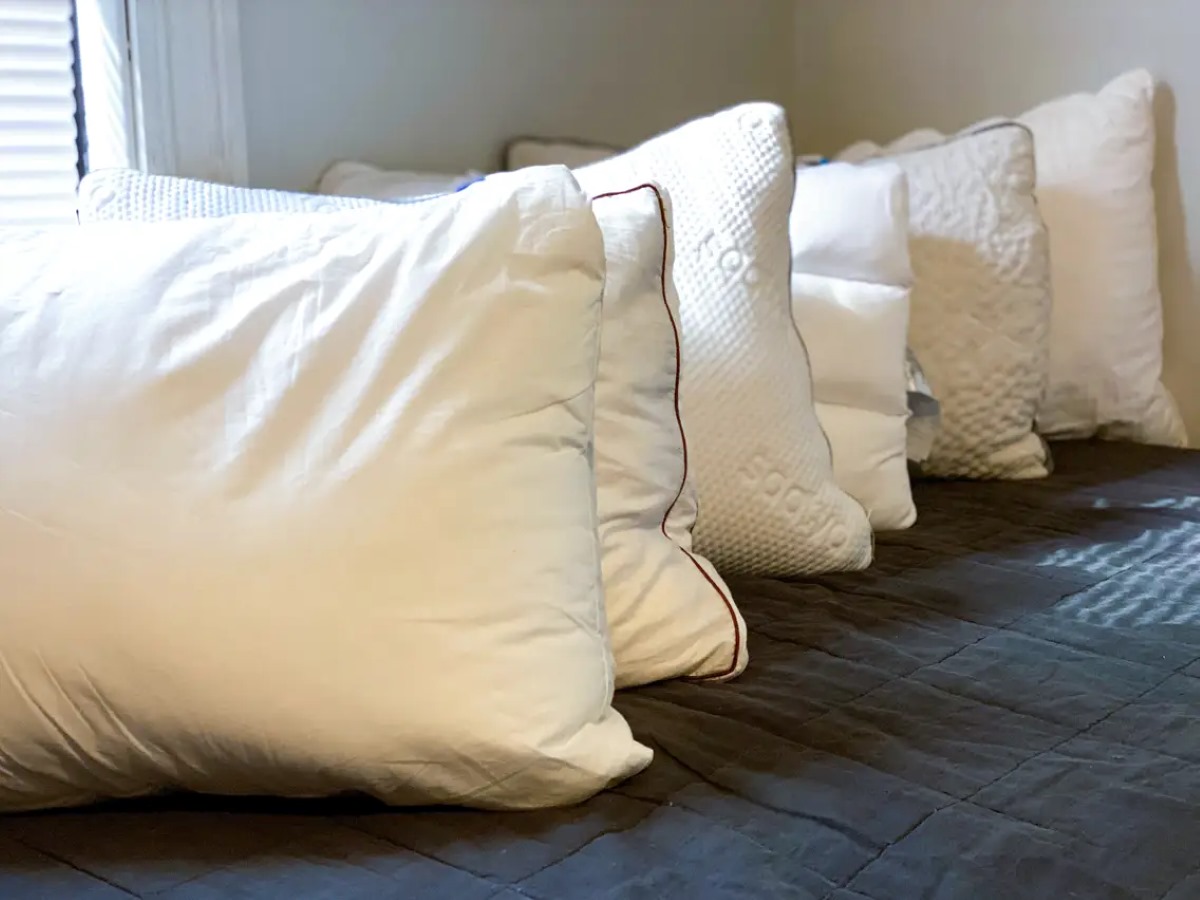
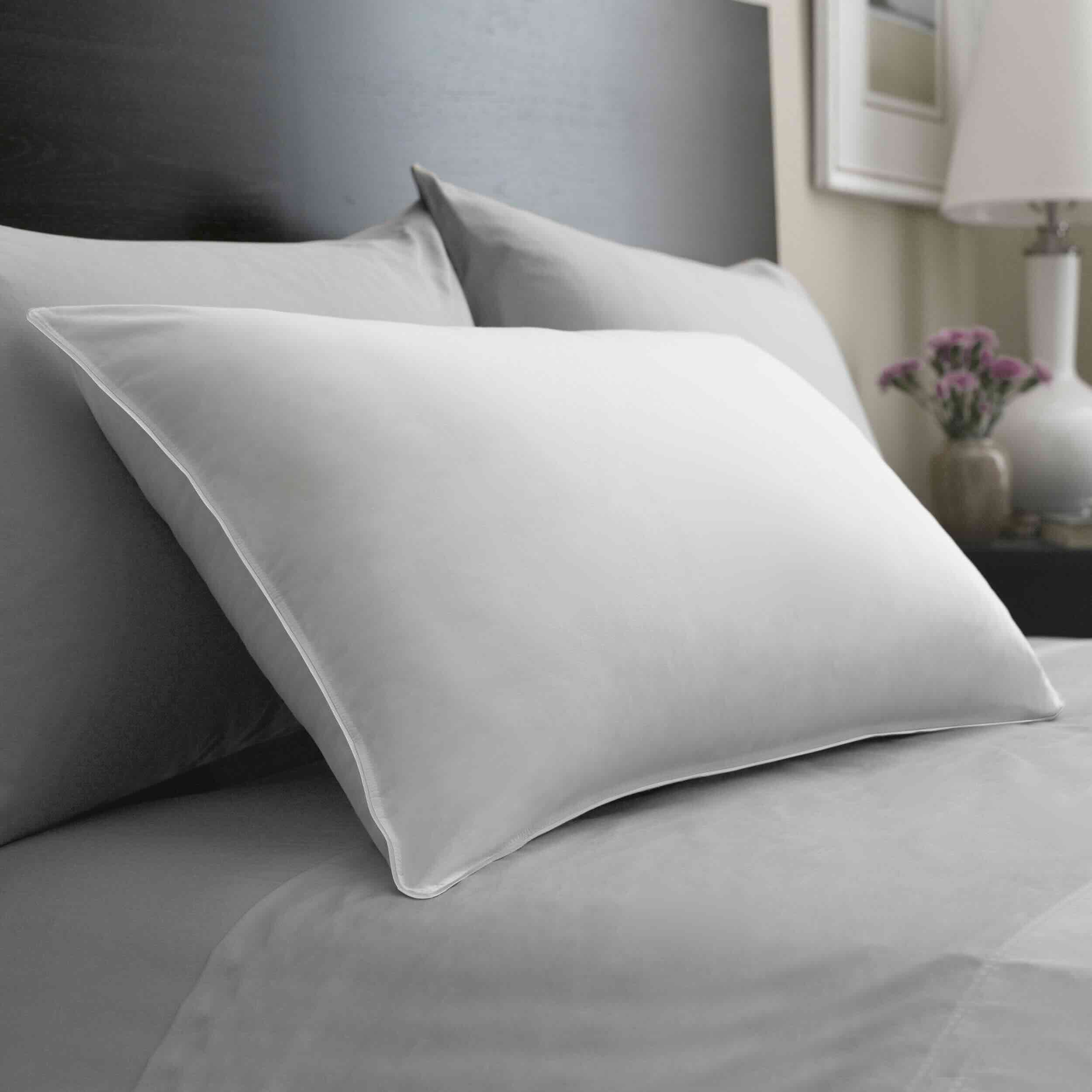

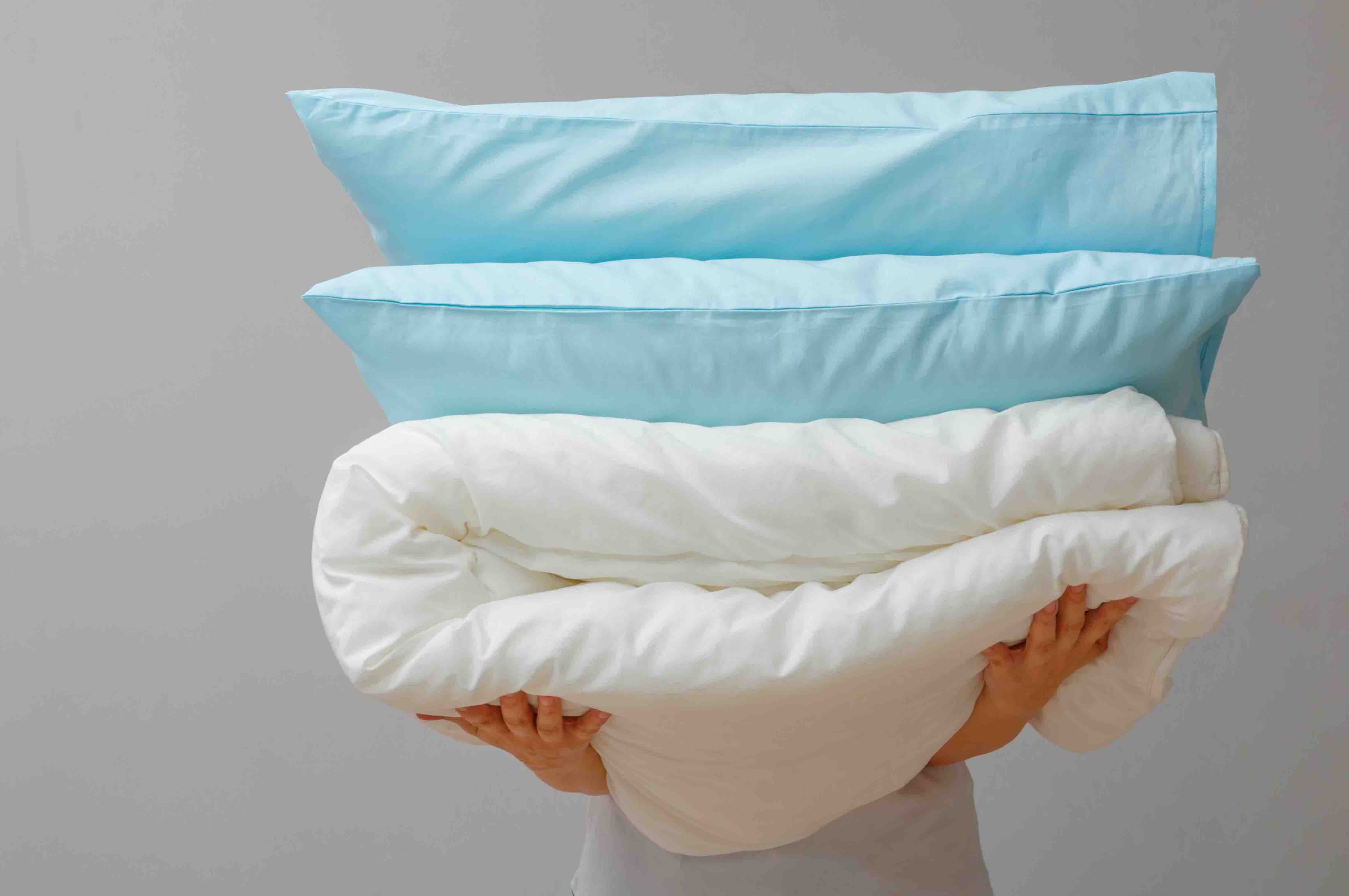
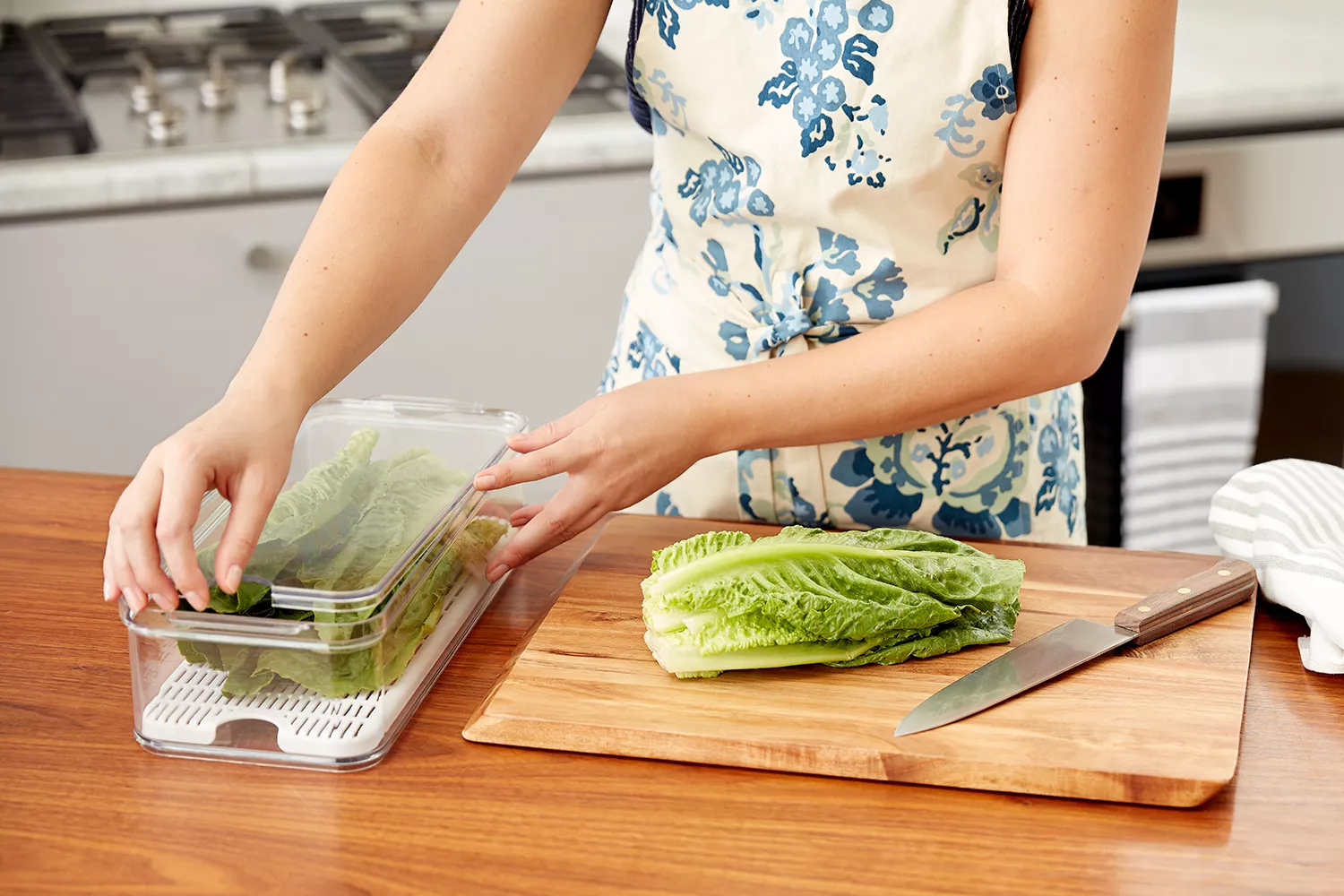
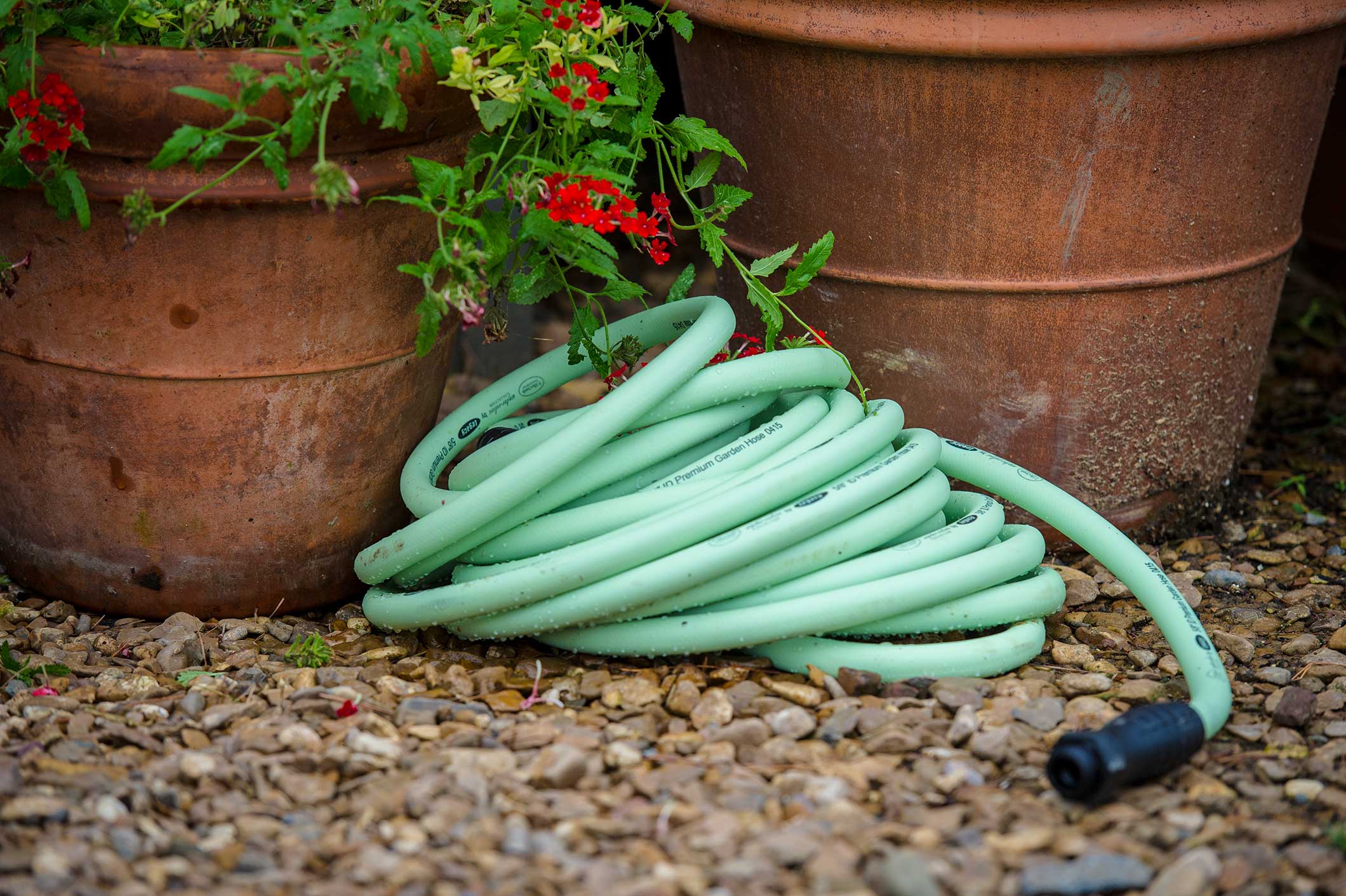
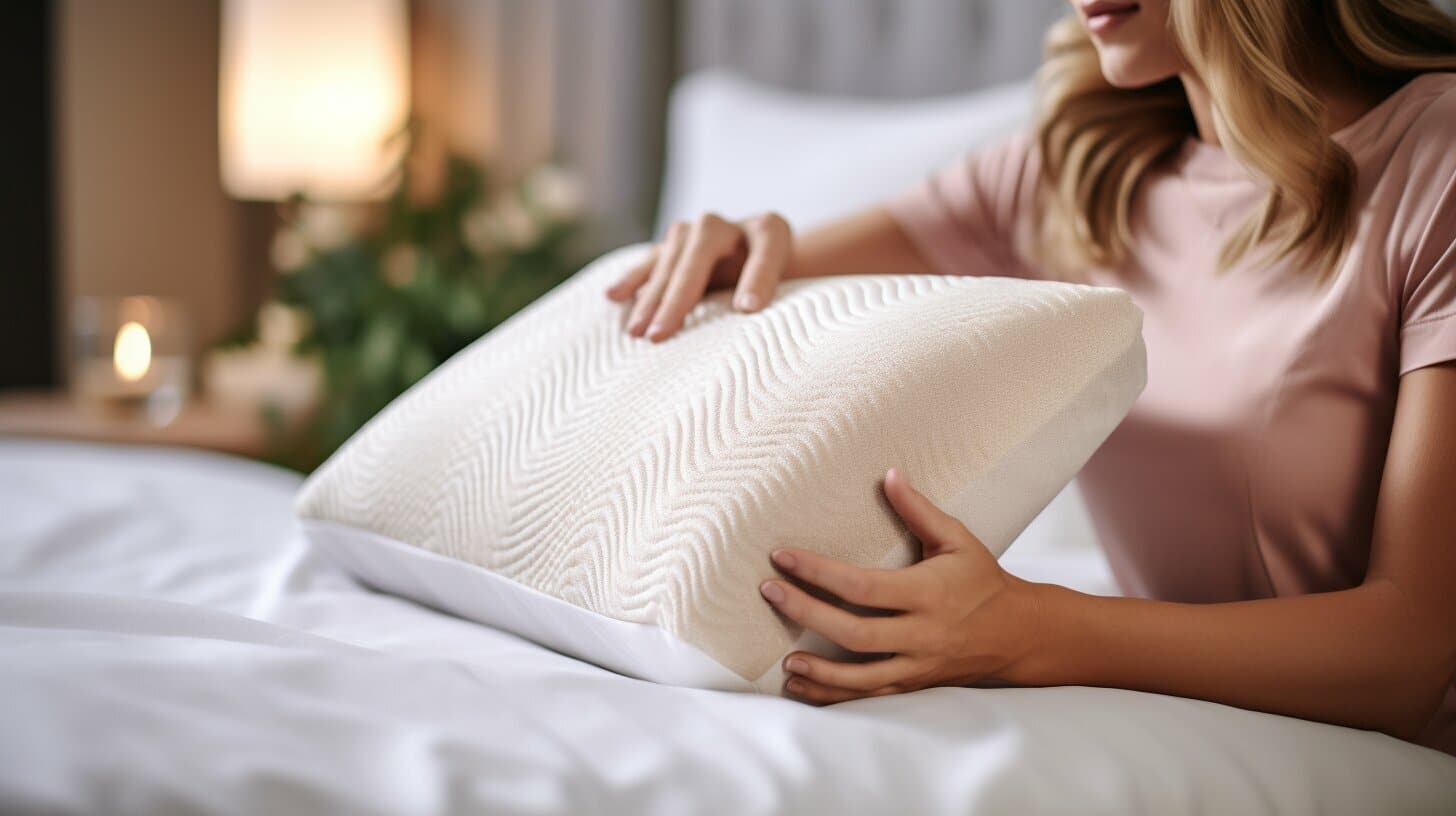

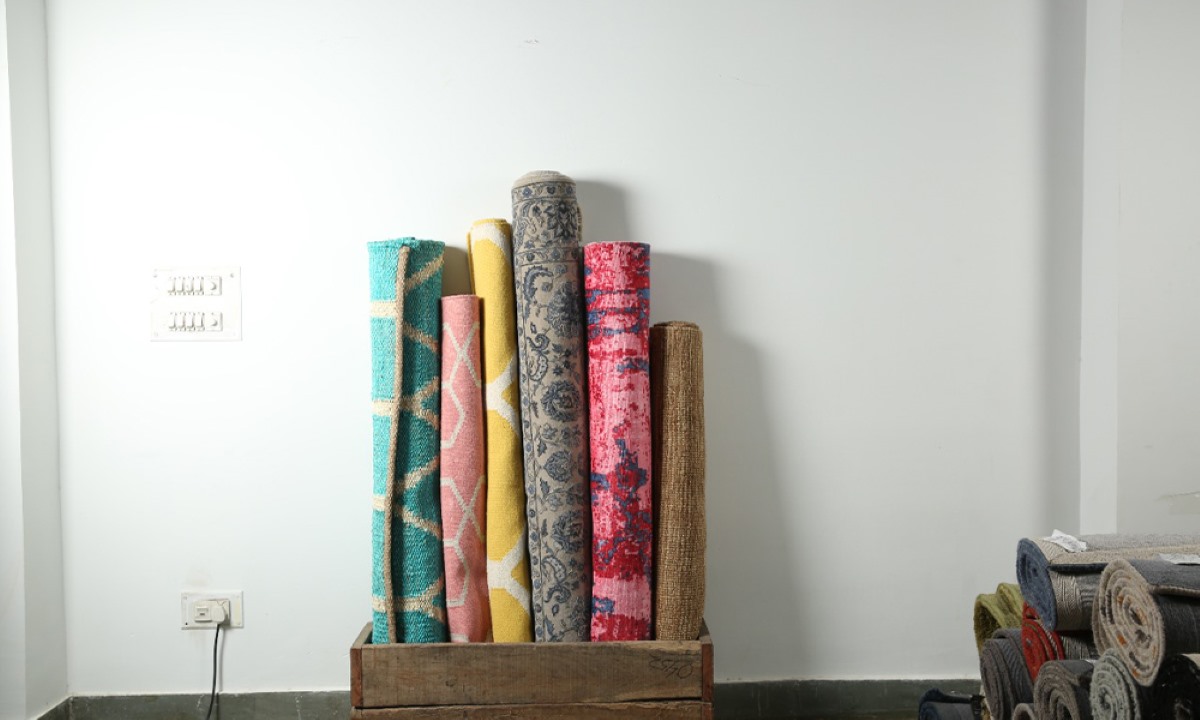
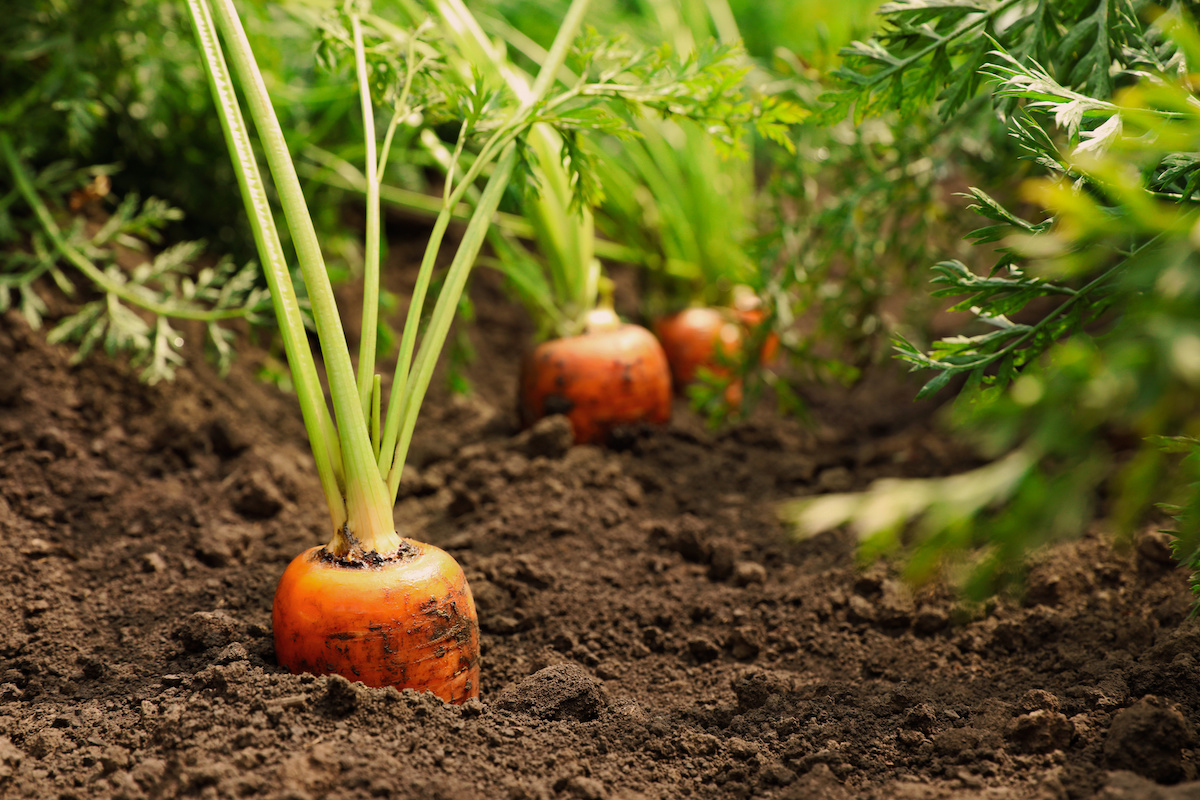
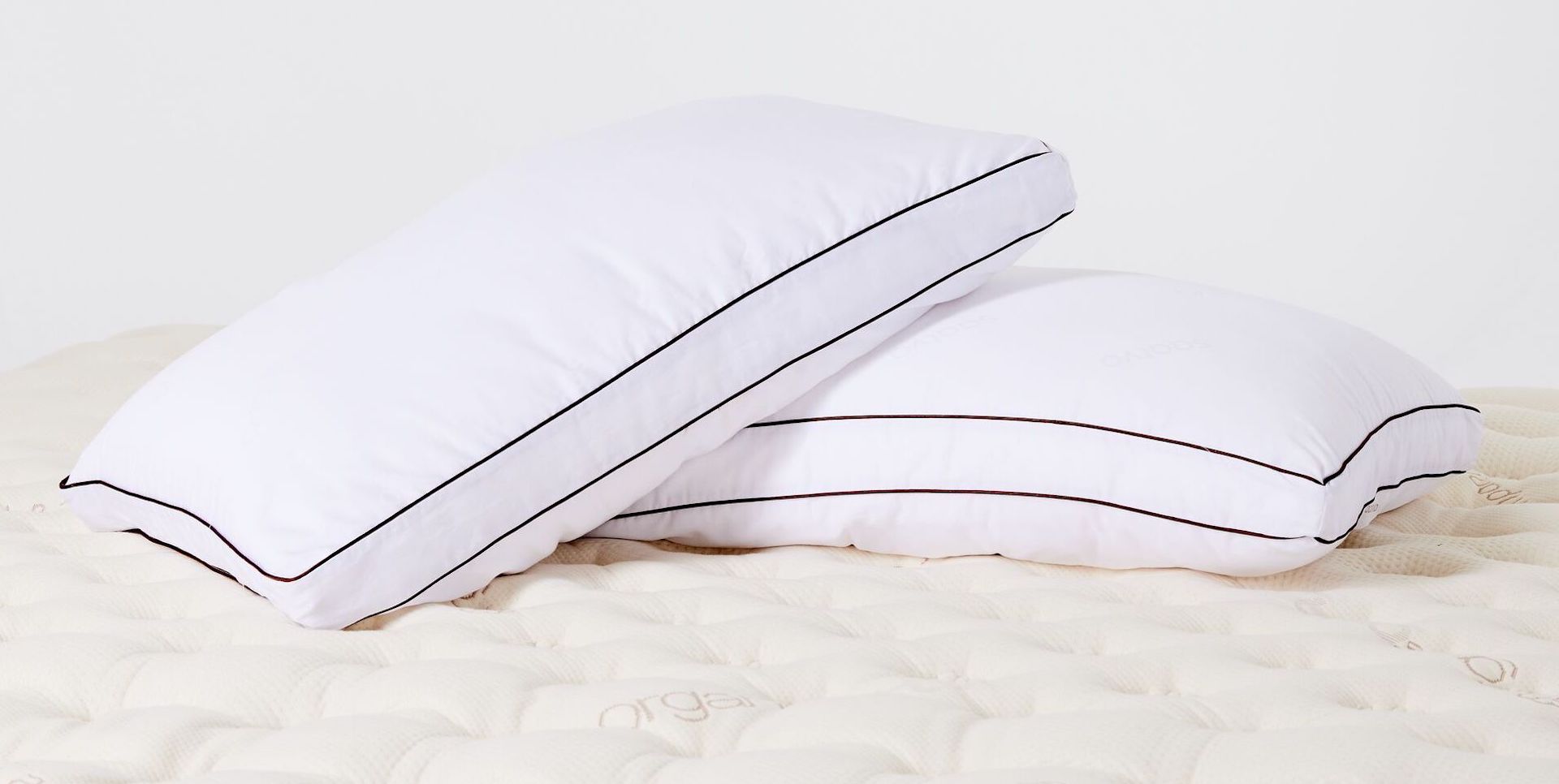
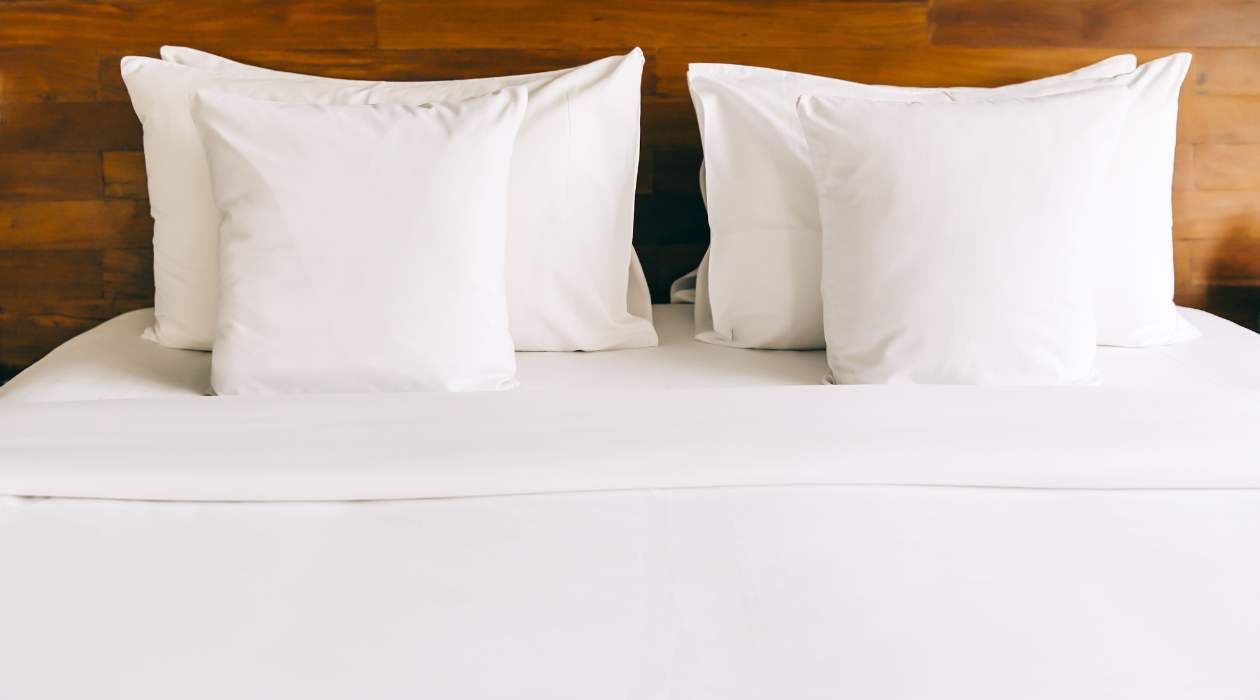

0 thoughts on “How To Store Pillows In Storage Unit”